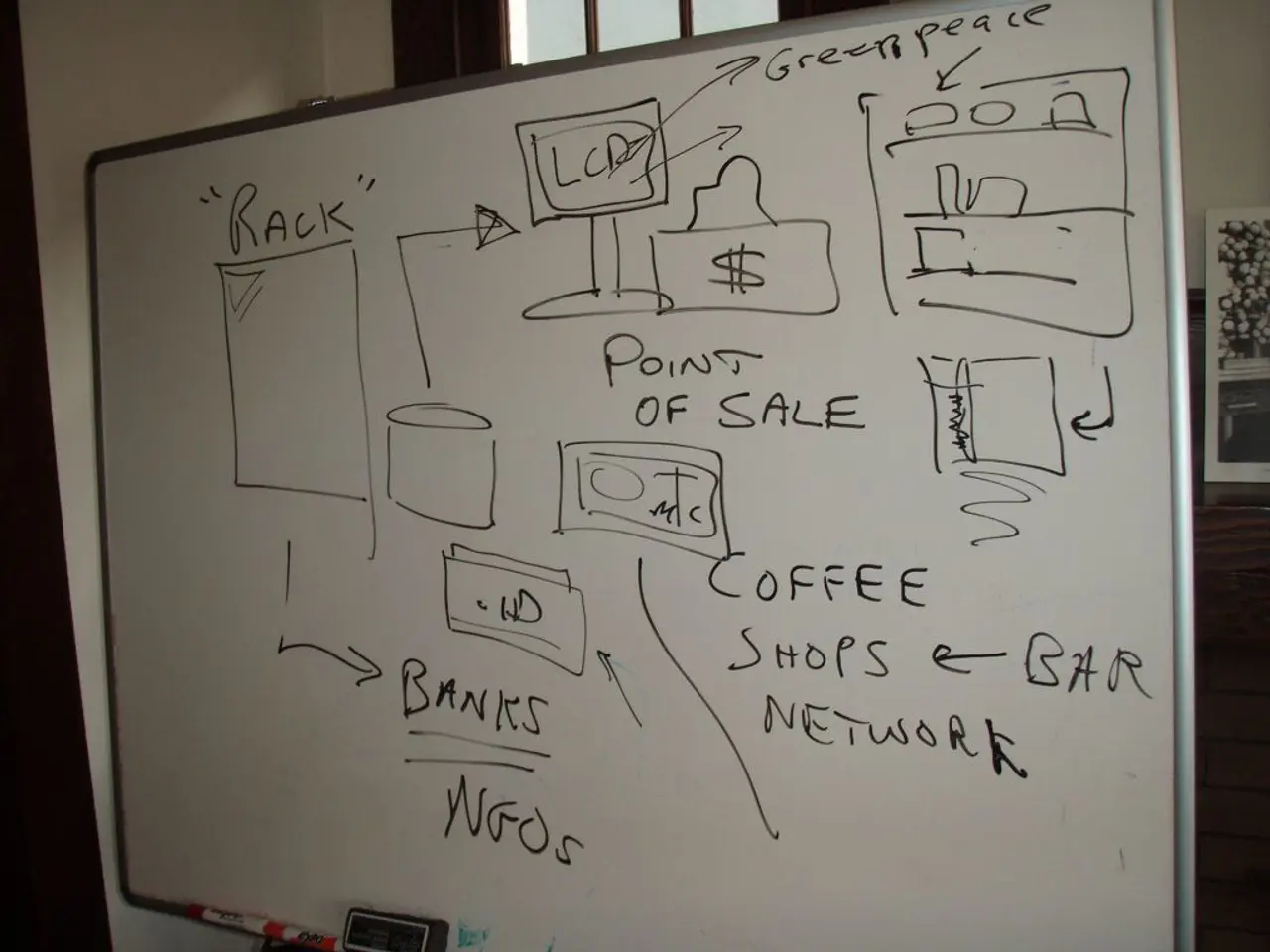Exploring Quantum Network Structures: Comprehensive Insights
The quest for a global quantum internet is edging closer to reality as research in quantum networking accelerates. The focus is on building robust, scalable infrastructures that interconnect multiple quantum processors, enhancing both computational power and secure communication capabilities.
Current Developments
Quantum networking is making significant strides, with companies like Nu Quantum leading the charge. They are developing quantum networking infrastructures designed to entangle multiple quantum processing units (QPUs) into a single larger quantum computer, scaling quantum computing power to data center levels. The emphasis is on creating high-performance, error-corrected networks that enable fault-tolerant scale-out of quantum computing.
Hardware compatibility and standards are also being considered, with the aim of connecting different types of qubits with suitable modifications in networking hardware. The establishment of interfaces and standards is crucial for interoperability and broad adoption.
Quantum networks enable unique protocols such as Quantum Key Distribution (QKD), which facilitates the generation of secure cryptographic keys using quantum mechanics principles. Other vital protocols include quantum teleportation and entanglement swapping, fundamental for secure communication and distributed quantum computing.
Maturation and deployment are also key areas of focus, with progress being made toward deploying quantum computers on-premises in data centers. This is important for maturing the technology, focusing on making quantum systems more reliable and robust for continuous operation without expert supervision, thereby enabling practical deployment in real-world environments.
Future Directions
The quantum internet market is projected to grow rapidly, with expectations to reach roughly $8.1 billion by 2030 at over 25% CAGR. This growth reflects broad interest in leveraging quantum communication for ultra-secure and high-speed data transfer, promising revolutionary improvements in communications technology.
Quantum communication is poised to become a core pillar alongside quantum computing and sensing, with substantial revenues predicted by 2035 across industries like chemicals, life sciences, finance, and mobility. Quantum networks are expected to ensure secure transfer of quantum information over long distances, unlocking new security paradigms.
Scalability and fault tolerance are major future challenges, with the aim of enhancing the scalability and fault tolerance of quantum networks, enabling larger-scale quantum computers and complex distributed quantum applications. The ultimate goal is to create a quantum network that can operate with minimal error and high reliability, essential for commercial and mission-critical uses.
Efforts to develop standards and interfaces will continue to be crucial, enabling diverse quantum hardware platforms to connect seamlessly, facilitating the growth of heterogeneous quantum networks.
In conclusion, the field of quantum networking is evolving rapidly from experimental setups to mature, deployable infrastructures connecting multiple quantum processors. Key developments include creating fault-tolerant and adaptable quantum data center networks, expanding quantum communication protocols like QKD and teleportation, and pushing toward real-world deployment and on-premises quantum computing. Future directions emphasize market growth, scalability, robustness, interoperability, and integration into broader technological and industrial ecosystems, setting the stage for a transformative quantum internet and distributed quantum computing landscape within the next decade.
Capacity limitations in the quantum communication channels pose another significant hurdle, as quantum data streams require highly efficient processing methods due to their limited data transmission rate. Quantum Error Correction Codes (QECC) are used to ensure the stable transmission of quantum data and protect quantum states from errors occurring due to environmental interactions or imperfect quantum gate operations.
Engineering adequate quantum hardware is another significant challenge, as current-day quantum computers are delicate pieces of machinery requiring ultra-cold temperatures to function. Quantum state engineering is used in quantum networking, particularly in quantum routing, to facilitate the construction of desired states in quantum systems.
Quantum Cryptography is used in quantum networking to ensure secure communication, leveraging the distinct attributes of quantum information, particularly key distribution (QKD). Quantum Teleportation is a technique used in quantum networking models, allowing for the transfer of quantum states over vast distances using quantum entanglement.
Quantum Trajectory Methods (QTMs) are used in quantum networking models to provide robust dynamical equations for the explicit tracking of quantum evolution. Scientific progress in the field of quantum networking is not only indispensable but also hypothetically inevitable, as quantum networking has the potential to revolutionize how information is sent and received.
- The advancements in quantum networking have led to the development of quantum encryption algorithms, such as Quantum Key Distribution (QKD), which utilize unique quantum mechanics principles for secure cryptographic key generation.
- With increasing focus on climate-change mitigation and environmental-science, the potential implications of data-and-cloud-computing technology, including quantum networking, are being explored to identify possible solutions for energy-efficient and secure communication infrastructures.
- As the understanding of cryptography, encryption, and network security continues to grow in the realm of science, there is an emerging need to integrate these concepts with the broader discipline of technology for developing secure quantum networks capable of handling sensitive data processing.
- The blossoming field of environmental-science has thrust quantum encryption techniques like QKD into the forefront, with experts recognizing its potential in data-and-cloud-computing for enhancing secure climate-change data exchanges and new research collaborations.




